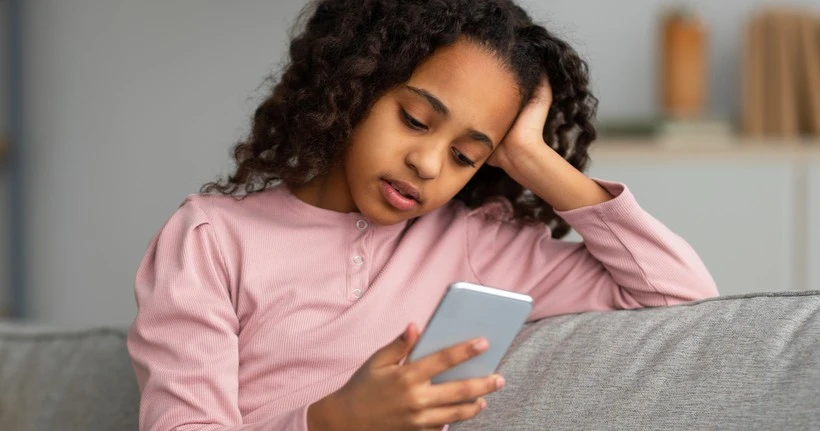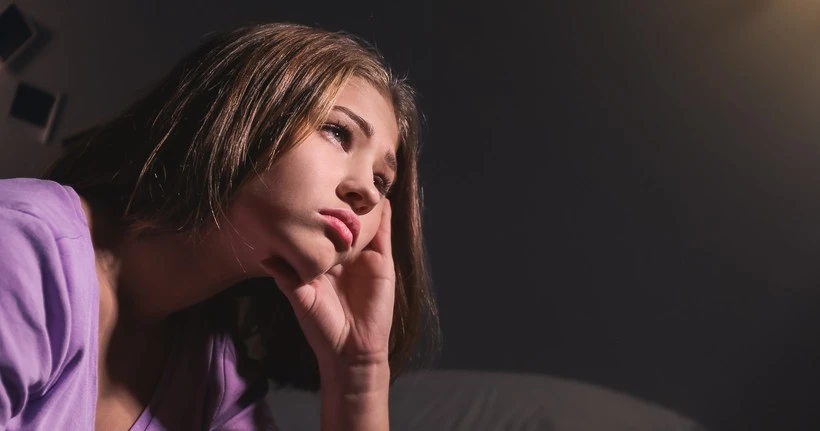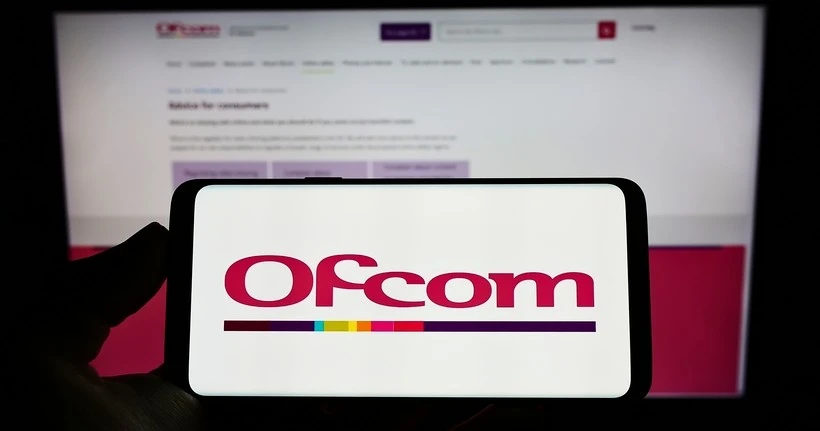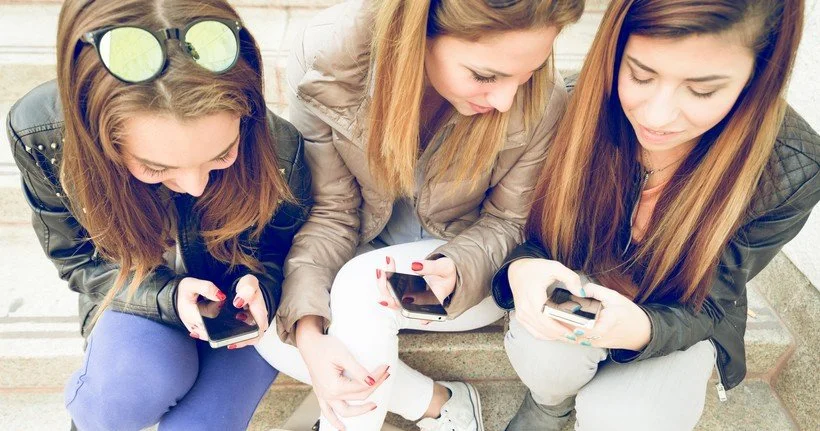Key findings from the research
The research began with a review of existing literature and messaging. Following this, we held panel discussions with 11-17-year-olds to gather their perspectives on the right preventative messaging.
Round 1
Round 1 panels considered the effectiveness of existing prevention messages. Here’s what we found:






